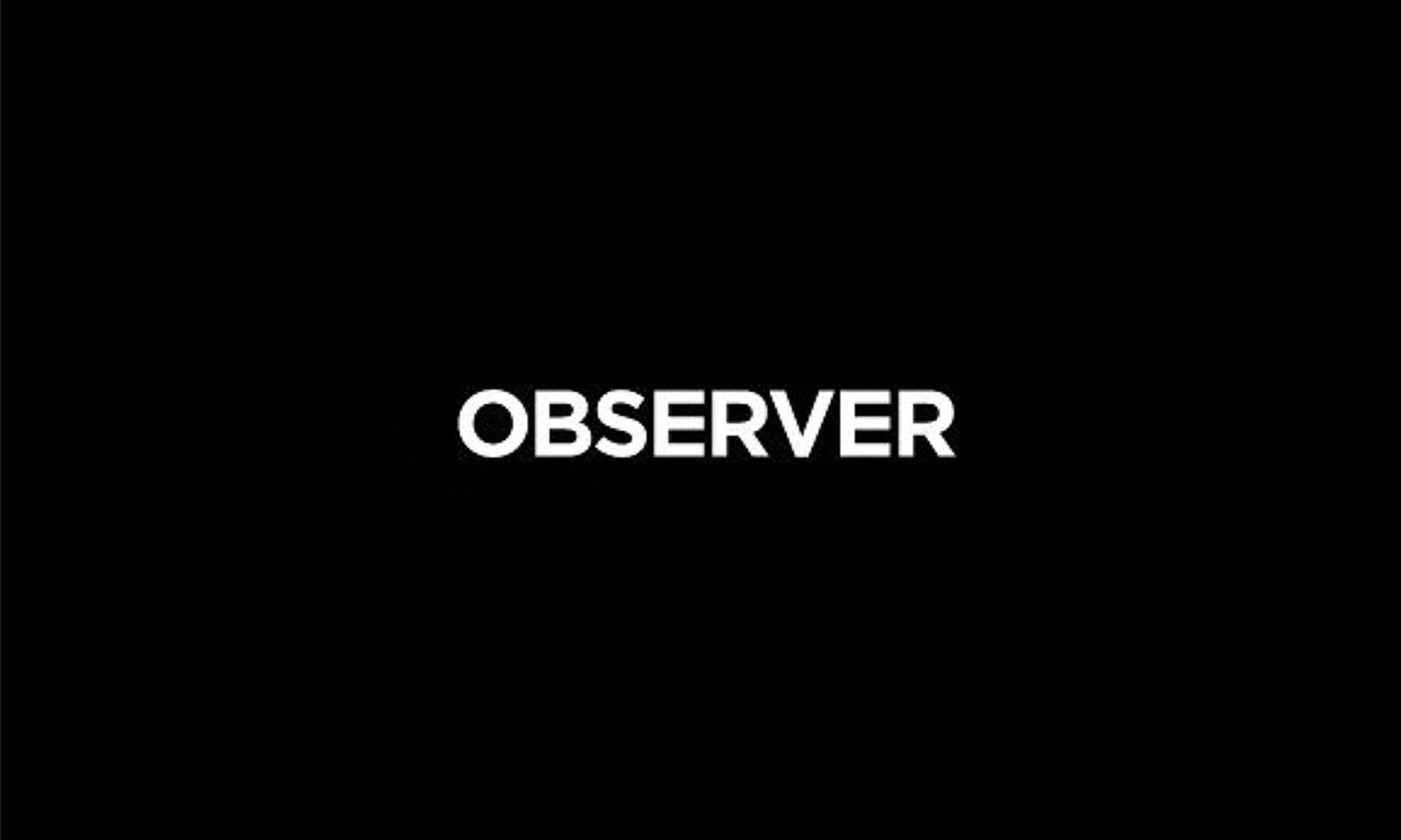February 12, 2023
Bank Tech Is Only as Good as the Customers Who Use It

Banks run way behind fintech companies in offering digital financial tools that consumers actually need
There’s a longstanding assumption that old-school banks are bad with technology, which is why so many of their basic functions have been usurped by more agile fintech startups. And while of course there are exceptions, and of course, banks for years have been partnering with fintech companies to expand their offerings, nonetheless, there are good reasons why even people who trust banks are dissatisfied with the service they get.
True, the banking industry regularly produces surveys that show 80-plus percent of American banking customers are satisfied with their institutions’ Web sites and apps. But those polls always seem a little fishy and self-serving. This week Forrester issued a report that indicates widespread dissatisfaction with the digital products of American banks and credit unions.
The key distinction here is that the people who were surveyed were not bank customers, but the people who actually make digital strategy decisions at financial institutions. And they were pretty forthcoming about their own shortcomings; 88% said that fewer than half their customers regularly use their digital money management tools.
Obviously, it’s in the banks’ interest that their customers engage with financial tools, which are critical to acquiring and retaining customers, as well as satisfying them. So why do most bank offerings fail to engage?
Part of it is internal strategy: the banks offer cookie-cutter tools, like spending reports or budgeting software, that simply don’t align with other goals within the institution. According to the report, over half of the executives interviewed say they struggle with a clear, unified vision for their digital money management and personalization programs. They lack alignment on build vs. buy strategy for these tools. These misalignments trickle into budget constraints and make it difficult to demonstrate ROI and build a compelling business case.
But surely just as big a problem is that the tools themselves are not very useful. Free budgeting tools like Mint (which was acquired by Intuit in 2009) have been around for well more than a decade. Consistently, however, surveys show that most American households don’t use budgets. And it’s not as if, in our current inflationary moment, budgets aren’t important. A Gallup poll in December found that 55% of American adults said that rising prices have created financial hardships, up sharply from previous years. If anything, the Forrester findings can be read as an increasing gap between banks’ digital offerings and Americans’ anxiety over their financial health.
Jody Bhagat, president of The Americas for the Israeli fintech company Personetics, argues that many banking digital offerings put too much “cognitive load” onto the customer herself. Bhagat’s descriptions ring true: the banks are effectively saying “even though we understand your finances, the work is left for you to figure out how much to budget in which categories,” he said in a FIN interview.
The alternative, his company argues, is AI-based tools that can draft budgets or financial solutions based on historic patterns already in a bank’s database. This allows for personalization of tools that make them more relevant and easier to use. Maybe that’s a self-serving perspective; the Forrester survey was conducted on behalf of Personetics, and so the results may show that company’s products in an especially compelling light. But the facts speak for themselves; as much as ever, Americans are crying out for help with their household expenses. If the banks don’t figure out ways to meet that need, someone else—whether it’s PayPal or Mint or Google—will.
Originally published on Observer, February 2, 2023: https://observer.com/2023/02/bank-tech-is-only-as-good-as-the-customers-who-use-it/
Want to explore how your bank can harness the power of AI to engage and serve customers? Request a demo now
Latest Posts

Why Asia Pacific Pacific Banks Must Lean into Cognitive Banking: A Conversation with Dr. Dennis Khoo

Explore our Spring Release Highlights – From Integrated Marketing Offers, to Custom Trackers, and AI Innovation

Showing the Human Side of Digital Banking: Insights from Desjardins' Nathalie Larue









